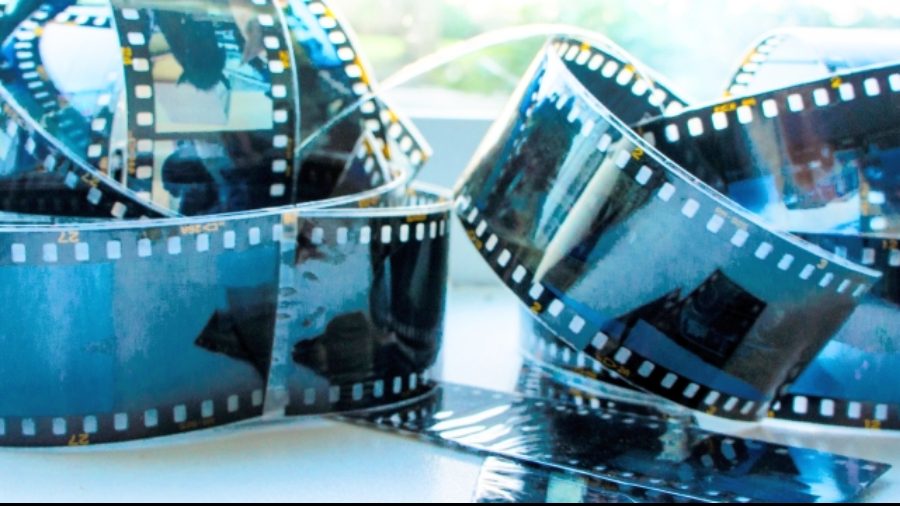Photography began to go digital about 30 years ago, so if you are older than that your relatives probably documented a portion of your childhood on film-based formats, like slides or prints made from negatives. Or maybe you have stacks of your old slides and negatives boxed up. Digitising that film rescues family history and makes it easy to share the restored memories. Here are a few options.
The Smartphone Method
You can “scan” a slide or negative with your smartphone by taking a picture of it or using one of the many slide/film-scanning apps. Make sure the original is free of dust, and evenly illuminate the transparency from behind. An inexpensive scanning kit — which provides the backlight as well as a place to rest your phone for a more stable shot — is an option.
Kodak’s Mobile Film Scanner kit is one. It works with the free Kodak Mobile Scanner app for Android or iOS. Put a slide or negative on the battery-powered LED backlight, focus the phone’s camera on it from above and click.
Rybozen makes a similar smartphone film scanner. You can also make your own slide scanner out of common materials to capture images with your smartphone or stand-alone camera with a macro lens for close-up focus. Just search for “DIY film scanner” on YouTube to find several guides.
Photomyne’s SlideScan inventive app is another option. Hold the slide in front of a laptop displaying a plain white webpage and take a photo. The software automatically enhances and crops the image, or make manual adjustments. Photomyne’s separate FilmBox app does the same for negatives. FilmLab is another app that has Windows and Mac versions.
The Scanner Method
Smartphones can be all-purpose devices, but using hardware designed for a specific task often brings better results. If you have boxes of transparencies to convert, investing in a compact film scanner can simplify and speed up the process for around $150. Plustek makes higher-end model.
A flatbed scanner that can handle film along with prints and documents is another option, like the Epson Perfection V600.
If you already have a flatbed scanner for documents and photos, check your model’s manual to see if it can handle slides and film negatives. If your scanner is not equipped to handle transparencies, you can make your own adapter out of silver cardboard to diffuse the scanner’s light and illuminate the image. Make: magazine has a free template and instructions, as do other DIY sites.
The Professional Method
If you don’t have the time, patience or equipment, send your photos to a media-conversion company. Most charge by the slide.
Get ’Gram-worthy
Slides and negatives can fade over time, especially if they were stored improperly. Many film-scanning apps also include basic editing tools to adjust colour and cropping. You can use Apple’s Photos and Google Photos for mobile and desktop for fast, free photoediting to get those pictures ready to share.
Share and Save Space
All the time, effort and money you put into digitising the old film bring another benefit besides easyto-share photo files. You can store them in a secure place online as a backup — and as the new archive if you decide to part with the originals during spring cleaning
NYTNS











